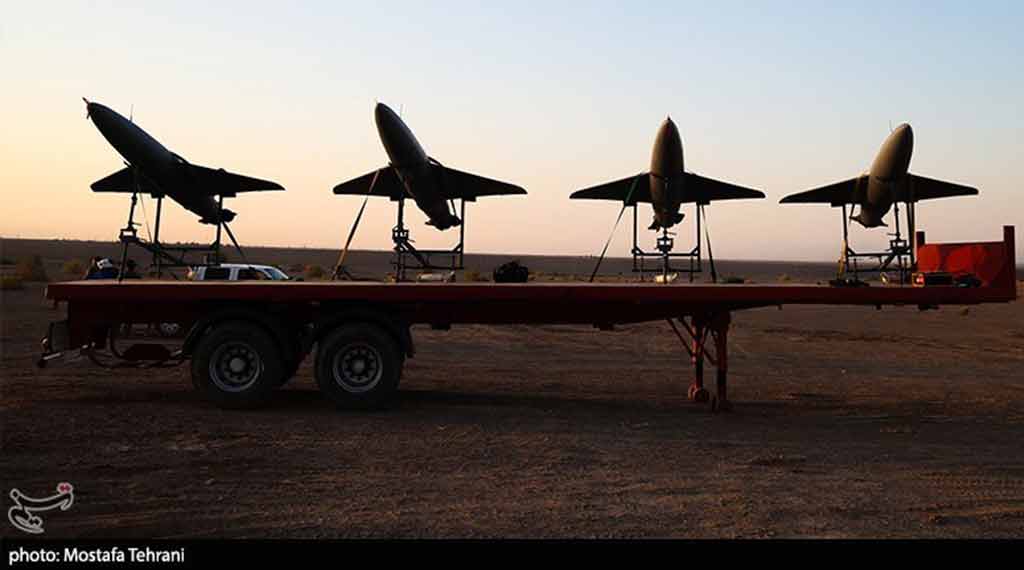
Since the Nagorno-Karabakh conflict between Azerbaijan and Armenia erupted in 2021, the use of drone warfare in modern conflicts has become more popularized. Russia’s ongoing invasion of Ukraine has highlighted how these cheap and easily acquired unmanned aerial vehicles (UAVs) can be weaponized and cause jarring destruction in combat. UAVs are particularly dangerous since their production is not just limited to militaries. Non-state actors, including terrorist groups, are jumping on the drone wagon in order to build up their respective arsenals.
Latest posts by Maya Carlin (see all)
- Iran’s Growing Missile Arsenal Is a Challenge for Israel - November 18, 2025
- IAI Is Hoping to Secure a Contract for the “Golden Dome” - November 3, 2025
- Trump dispatches B-1 bombers and other military assets to Venezuela - October 28, 2025
